Organization of the German Army (1938)
Notes made by an American officer at the Kriegsakademie
Between October of 1936 and June of 1938, Captain Albert Coady Wedemeyer of the US Army attended the Kriegsakademie in Berlin. Soon after completing the two-year course for future officers of the German General Staff, he submitted a pair of reports. The first of these provided a précis of the approach that the German Army took to tactics, leadership, and organization. The second described, in considerable detail, Captain Wedemeyer’s observations of the curriculum he had followed.
The following article provides a paraphrase of the section of the second report dealing with the organization of the German formations that appeared in the exercises engaged by students at the Kriegsakademie. (Readers wishing to read complete copies of both reports can find the first in the book Wedemeyer on War and Peace and the second on the website of the Combined Arms Research Library.
An ‘army in the field’ consists of a variable number of armies, army cavalry formations, field army troops, and organizations belonging to the Air Force.
The component armies of an army in the field may be assembled into army groups.
The army cavalry consists of a variable number of cavalry divisions and independent cavalry brigades.
The field army troops of a field army consist of stand-alone staffs, bicycle units, machine gun units, anti-tank unit, motorized reconnaissance battalion, artillery units, artillery observation battalions, balloon platoons, tank troops, chemical troops, engineer units, communications units, and supply units.
The organizations provided by the Air Force include air combat units (reconnaissance, fighter, and bomber), anti-aircraft artillery units, Air Force intelligence units, and communications units.
Any of these organizations, whether of the field army troops or the troops provided by the Air Force, may be allocated to armies, army corps, armored divisions, and, in exceptional cases, individual infantry and cavalry divisions.
An army consists of army troops and several army corps.
In much the same way, an army corps consists corps troops and two or three infantry divisions.
Marvelous to say, this section of Captain Wedemeyer’s report makes no mention of either motorized corps or armored corps.
For Further Reading:





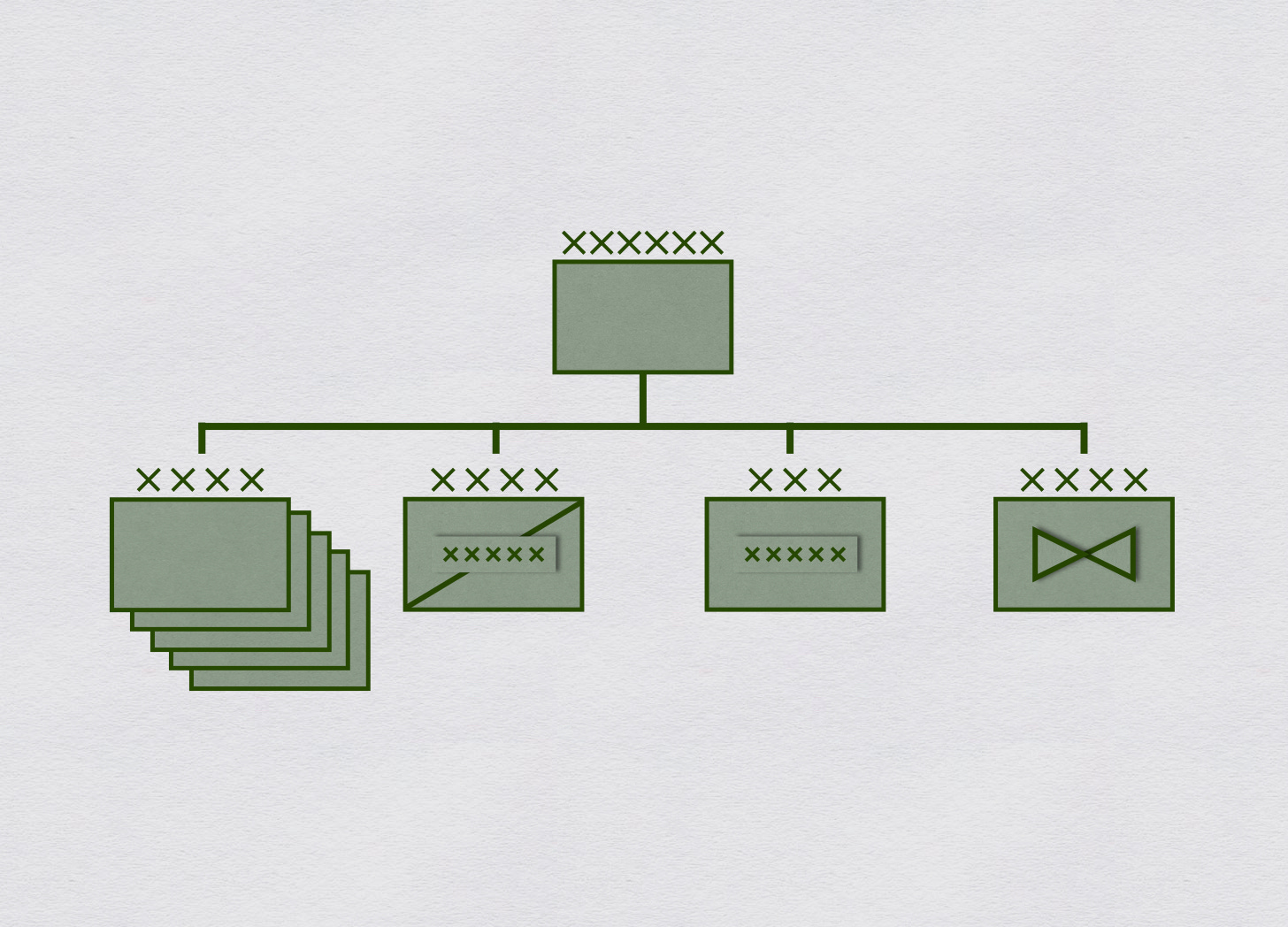
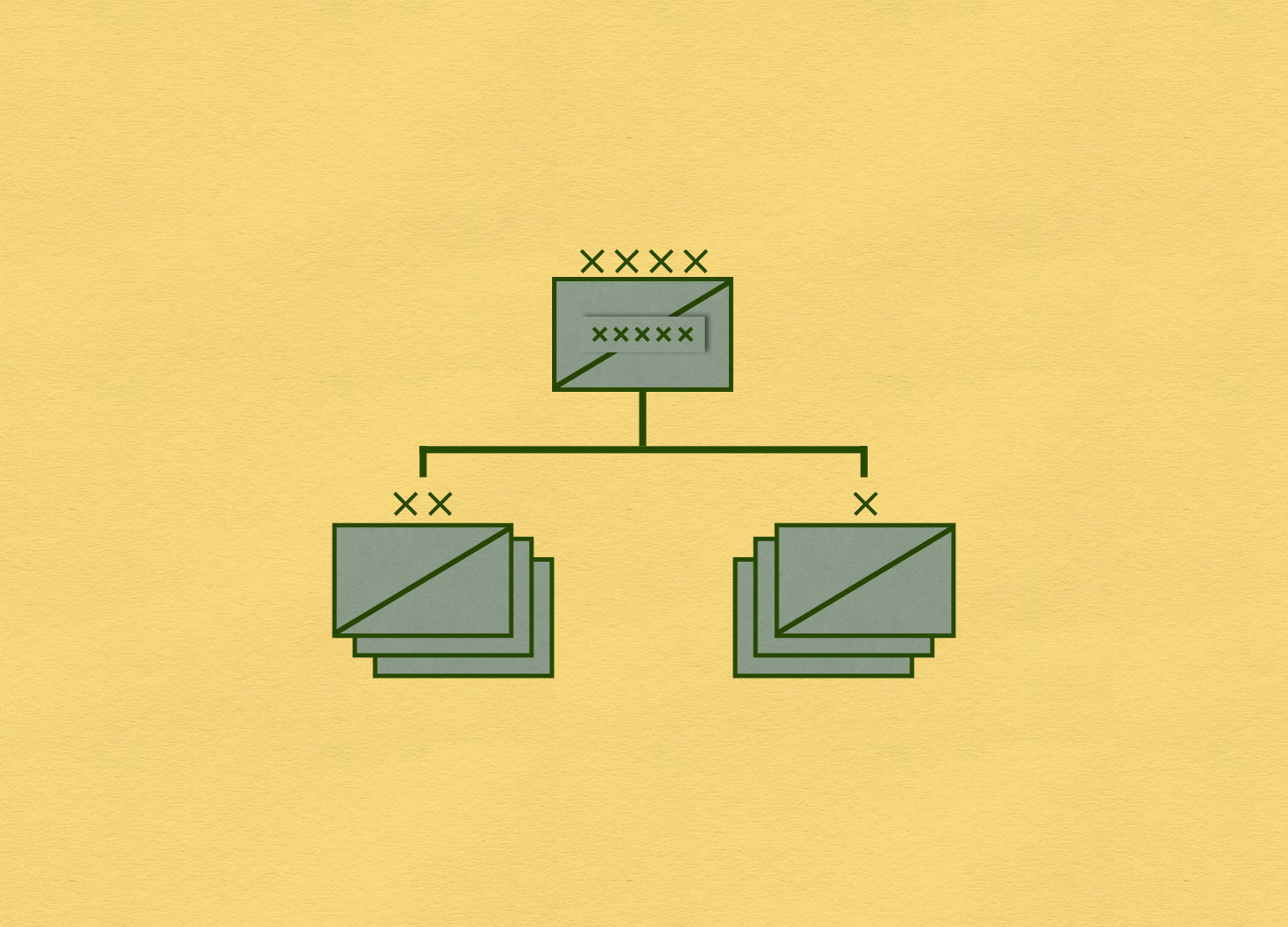
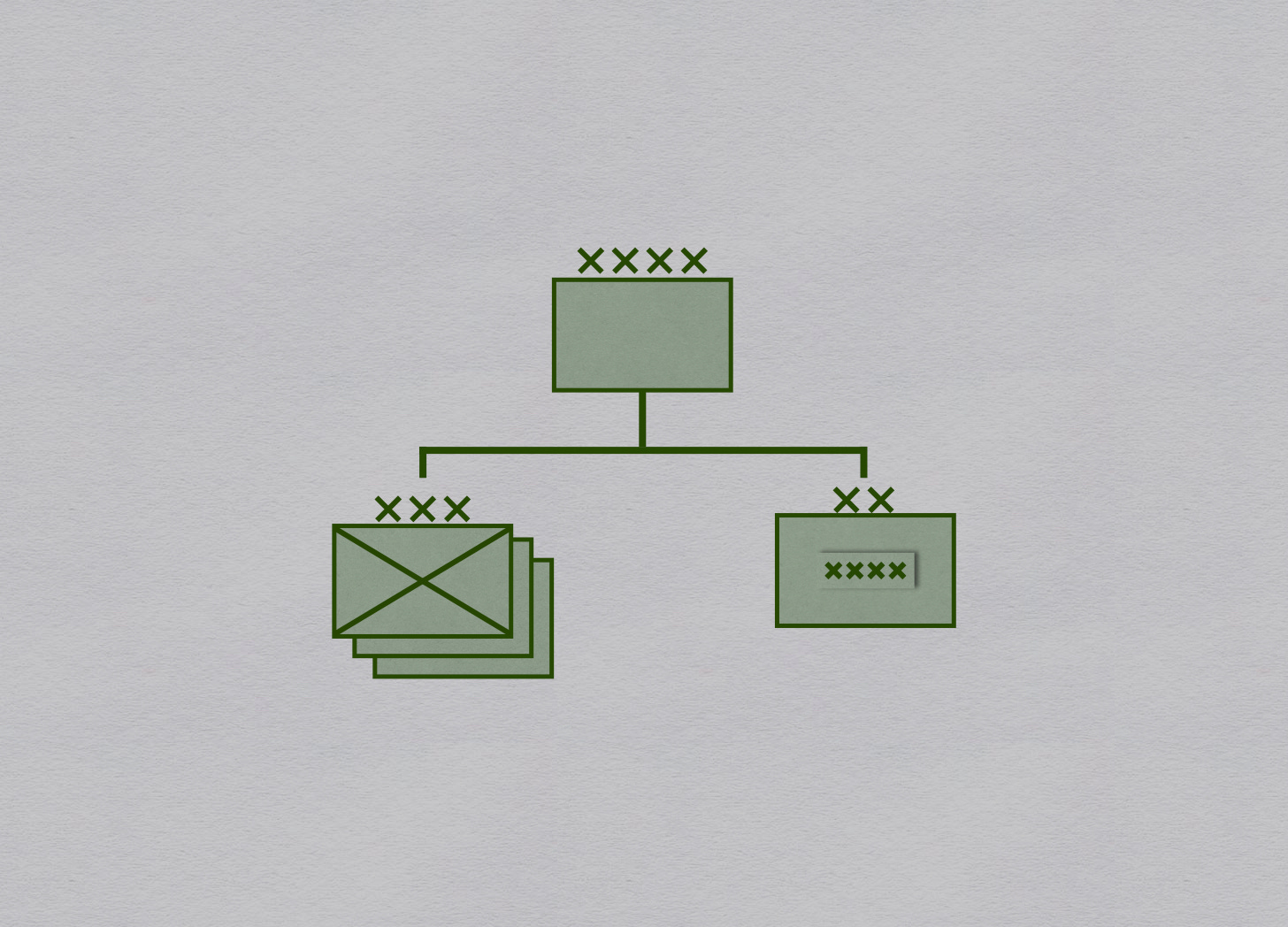
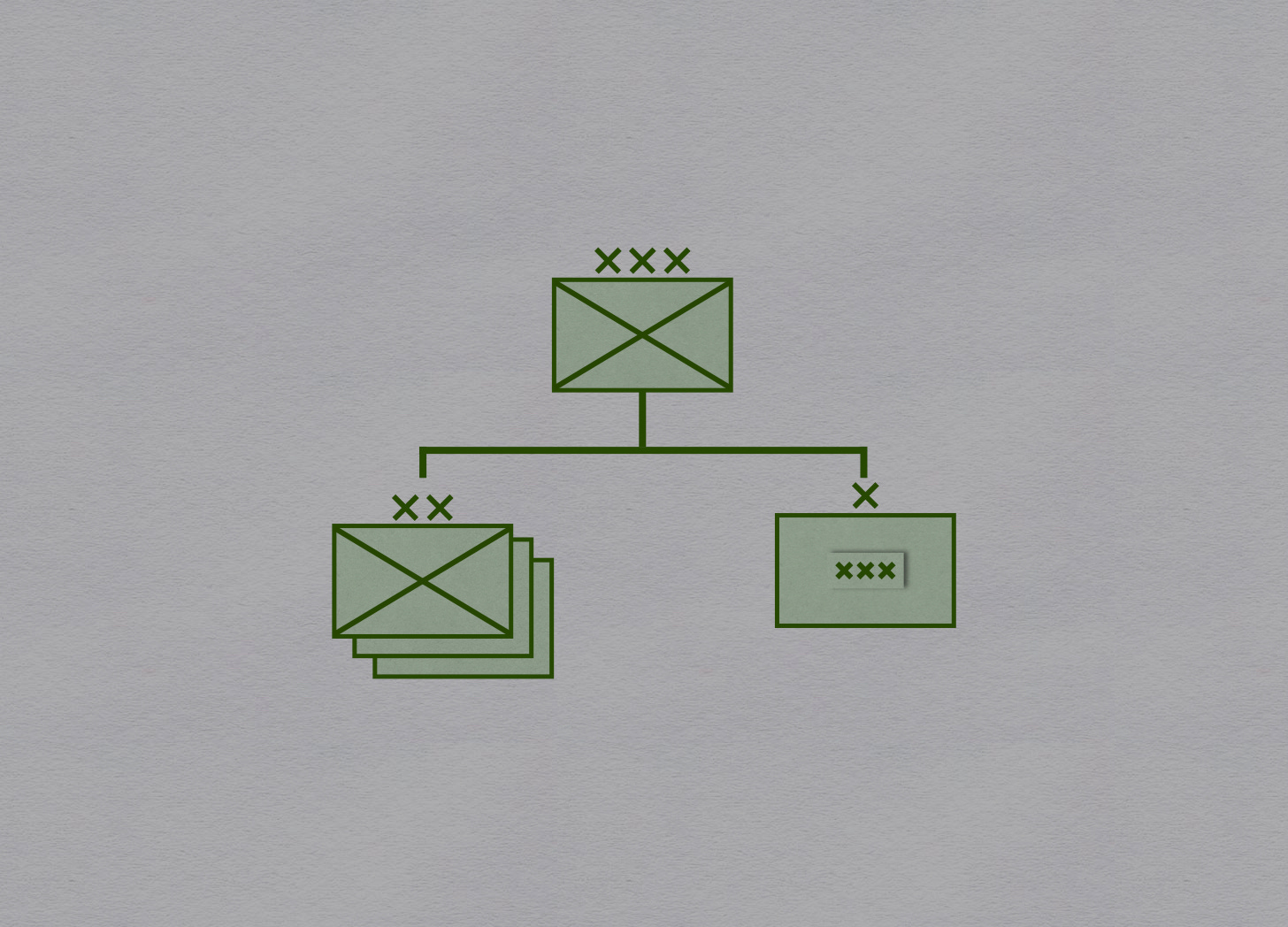
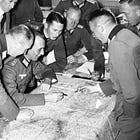
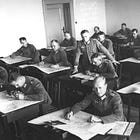

“Marvelous to say, this section of Captain Wedemeyer’s report makes no mention of either motorized corps or armored corps.” 🤔
Excellent. This comports with many other things I have read about the development of the German Army 1870 to 1945 to include Officer education and General Staff Officer selection and training. To focus on one segment:
The development of a highly competent Officer Corps is a tremendous investment in time and effort with the results hard to measure until wartime. It is also a warning that it is not enough to be superb at the tactical and operational levels, select the cream of the crop from your nation but to also have the size, depth, industrial capacity and strategic leadership to prevail in modern attrition warfare. The lesson for the US might be:
1. Develop a professional officer corps of significant size without high turnover and with a singular focus on merit.
2. Discard the up or out system.
3. Slow promotions and extend service maximums
4. Do not discourage staff officer tracks
5. Husband and protect the true mavericks
6. Permit leaves of absence
7. Assign officers to operational units, schools and staffs. The rest is secondary.
8. Push language skills and assign Officers to every possible foreign exchange tour and foreign schools.
9. Reduce midgrade Officer education at civilian universities our tours with private industry.